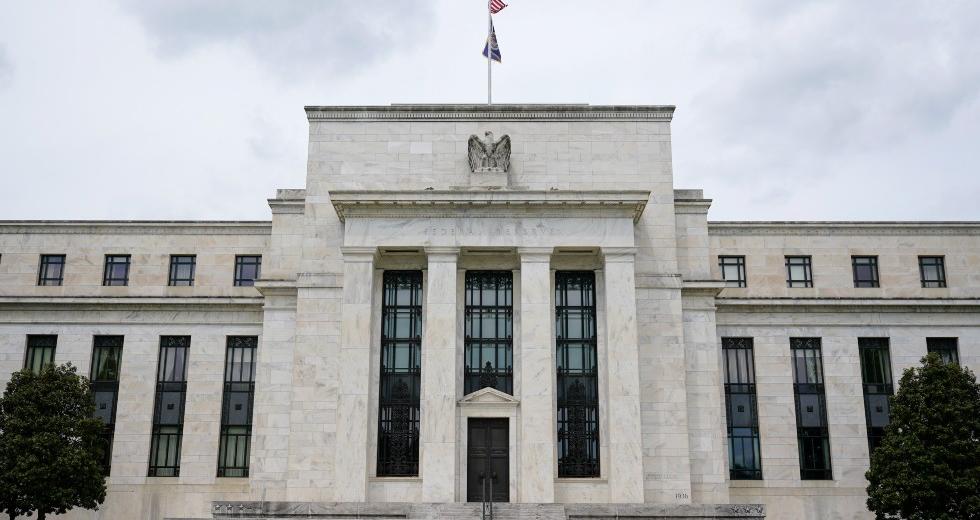Back in 2017, The Clearing House, a consortium of the nation’s largest banks, including JPMorgan Chase and Bank of America, rolled out its own high speed money transfer system, the Real Time Payments Network (RTP). But so far the volume of money RTP is moving is comparatively miniscule. In the first quarter, $26 billion was transferred over RTP, equal to 0.13% compared to the $19.7 trillion sent over the nation’s dominant but slower Automated Clearing House.
While ACH itself now settles transactions by the next banking day, services using it may take longer than that—for example, Venmo takes up to three business days to move money from your wallet to your bank account using ACH and Square takes three to five business days for ACH transfers. ACH is typically used to pay recurring bills, paycheck deposits and loans. Another $277 billion was sent in the first quarter over FedWire, a Federal Reserve run service for one-time wire transfers.
Small banks, in particular, have been reluctant to sign on to the big-bank-controlled RTP system. Industry experts predict that more banks and credit unions will now sign up for FedNow and that the existence of two competing systems–known in paymentspeak as “rails”—will speed innovation and the widespread adoption of instant payments in the U.S., a relative laggard when compared to Europe, India and Brazil.
FedNow
The adoption of real time payments in the sprawling U.S. banking system, with more than 4,000 banks, another 4,000 credit unions, and an overlay of hundreds of fintechs which work through banks, has been something of a chicken and egg problem. To use a new instant-payments system (like RTP), financial institutions need to build an interface for customers to interact with, which can be time-consuming and costly.
But many banks and fintechs didn’t want to make that investment until they were convinced that other banks, regardless of size, would be on an instant payment rail too and that customers would come to demand instant payments.
FedNow makes that universal adoption more likely and the technology investment more compelling. Tellingly, nearly a quarter of financial institutions were waiting for the FedNow launch to even adopt a real-time payments strategy, according to a report from financial services consulting firm Cornerstone Advisors.
The FedNow rail is coming online amid a shift in the way consumers manage their finances. The number of fintech startups offering everything from digital banking and brokerage services to peer-to-peer payments and lending grew exponentially during the pandemic.
As a result, more people are distributing their wealth across multiple accounts for different purposes. This fragmentation creates a need to move money quickly between accounts to make loan payments, execute trades or pay friends back from digital wallet accounts. While today it can take as long as several days to transfer money between financial accounts, FedNow is designed to expand access to instant money movements that consumers are increasingly coming to expect.
(source:Forbes)















